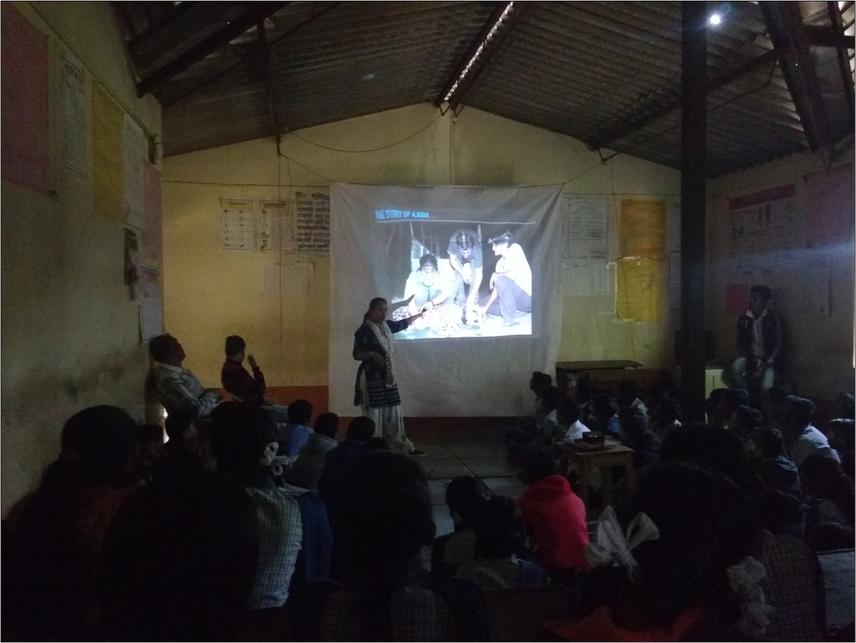Mrunal Milind Ghosalkar
Other projects
4 Jan 2016
Doodling the Cat: Using Art to Teach School Children How to Share Space with Leopards to Reduce Conflicts
The landscape of Western Maharashtra is an agricultural field which is a home to leopards. Leopards are living close to human habitat and it has associated conflict. The information which people have is sourced by public or media which is often fearful than reality. The aim is to increase awareness and understanding about the species. The proposed work would go beyond only involving the students and also engage with other important stake holders in the landscape so that the community is empowered via knowledge on the precautions that need to be taken in areas where leopards are present so that damages to people are minimized. We will be using the medium of art and working with the students, media as well as the village bodies to increase the spread of our activities.

The landscape of Western Maharashtra was dry arid zones till about 4-5decades back. The land cover has changed from dry land to permanently irrigated agriculture with cash crops such as maize, sugarcane along with traditional crops of millets as a result of the construction of dams on major rivers. This landscape became a good refuge for species like the leopards and hyenas. In this landscape, agriculture and livestock rearing are major occupations for local people and domestic animals serve as primary source of food for the wild carnivores like leopards. The presence of a large cat like the leopard living among high density of humans has its associated problems of potential conflict. Often the information the public has about these animals is either what they hear from people around them or from the media which might be more fearful than not.
To dispel the fear and shift it to a greater understanding of the complex issue awareness about the species and knowledge on sharing space was needed. In our previous work funded by Rufford Small Grant, we used the extensive scientific knowledge on the leopard’s biology as well as traditional knowledge from communities who have historically shared spaces with these cats and know what precautions to take, and pass it on to communities who do not know as much about the animal. We translated this information in the art form and disseminate amongst community using children’s network. Student (leopard ambassadors) were informing people about safety methods living with big cats in their own community which people were more open to listening. Initial interviews with the people who were sensitized by the children ambassadors indicate that the response has been positive
The proposed work will contribute to safer shared spaces between leopards and people as well as engage various stakeholders in contributing towards the awareness work by improving our previous work activities towards awareness. We will also involve college students by teaching them research methods like camera trapping and scat collection to give them an introduction to the research aspect of the species.
We expect the work would aid people to understand species and complex issue. The community will be empowered via knowledge on the precautions that need to be taken in areas where leopards are present so that damages to people are minimized.